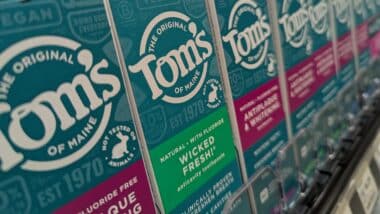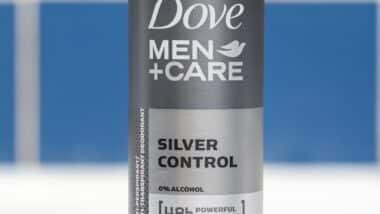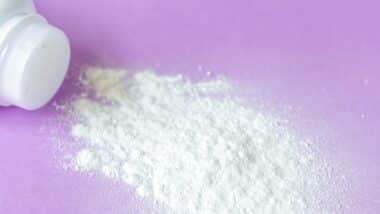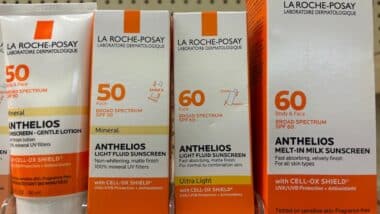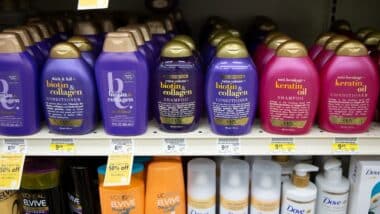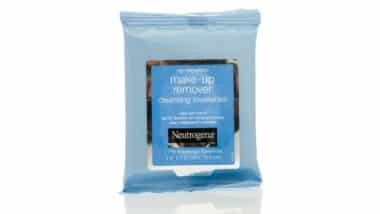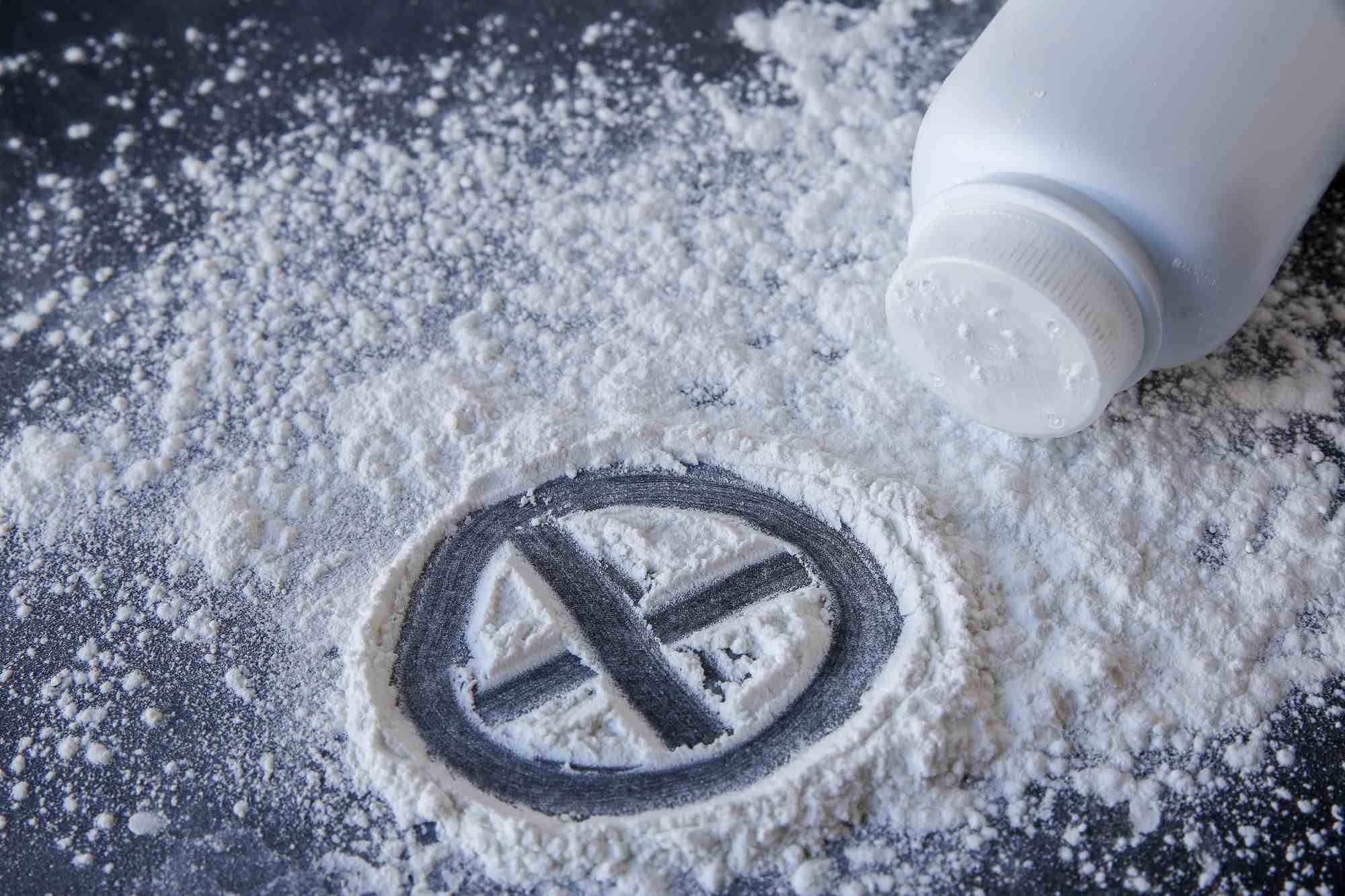 Talc is one of the most popular beauty and consumer products available today, but more people than ever are concerned about the possibility of side effects caused by asbestos.
Talc is one of the most popular beauty and consumer products available today, but more people than ever are concerned about the possibility of side effects caused by asbestos.
More lawsuits have claimed that asbestos in talc products poses the chance of impacting a user with serious medical conditions.
Many lawsuits have been filed specifically over ovarian cancer risk from longtime talc powder exposure. However, some lawsuits have cited other cancer concerns.
One group of plaintiffs filing against pharmaceutical giant Johnson & Johnson argtues that asbestos inside talc could have contributed to their development of mesothelioma. The consumer products giant has been accused of knowing about the cancer risk for decades but attempting to cover it up, leaving people to instead get cancer from regular use of a product they thought was safe.
Talc can be found in various food processing procedures and in many cosmetic products. It has been promoted due to its soft nature and ability to absorb moisture, but a growing group of plaintiffs argues that being contaminated with asbestos makes the use of talc powder unsafe in any form.
Talc and asbestos often occur naturally near one another, so contamination of the talc with asbestos could occur during the mining process. This means that people working in talc mining, or people who are around talc frequently, may have an elevated risk of asbestos exposure.
Asbestos is possibly linked to a range of health problems, including lung cancer.
What is talc?
Talc is a mineral found in clay that is obtained by underground deposit mining. According to geology.com, it is the softest mineral available and is found in many different industrial and consumer products.
Some believe that since asbestos is also found underground that this poses the potential for cross-contamination.
What can I use instead of talc?
Talc is often used by parents to help prevent rashes on babies. However, with more information coming out about the risks of medical problems from talc that could be contaminated with asbestos, parents are looking for other options.
Oil-based ointments might be a better approach for diaper-changing, and cornstarch is an alternative product that does not come with as many serious risks.
Does using talcum powder cause cancer?
Some talc products are marketed as asbestos free, and therefore, their cancer risk profile would look different than a product that does contain asbestos. When inhaled, talc that does have asbestos inside poses a cancer risk.
Academic and medical studies have been exploring the possible connection between talc and asbestos cancer risk for decades, although companies like Johnson & Johnson argue that the product is safe to use and does not cause cancer.
The International Agency for Research on Cancer, a part of the World Health Organization, has a major goal of finding causes of cancer. The IARC says that talc contaminated with asbestos is carcinogenic to humans.
Even uncontaminated talc may be dangerous. According to the American Cancer Society, scientific studies going back decades show there could be a potential association between powder use and ovarian cancer when the powders are made of talc. However, these studies have not gone far enough to show this link or to explain what other risk factors might be involved.
What does the FDA say about talc contaminated with asbestos?
The FDA currently has formed an interagency group in late 2018 to explore the use of talc in consumer products. According to them, the purpose of the group is to better understand the possible risk factors and to develop terminology and testing measures around issues with asbestos and talc.
Because talc occurs naturally alongside asbestos and may be contaminated with asbestos during the mining process, the U.S. Food and Drug Administration established standards in 1973 requiring that talc should be tested to ensure that it is asbestos free. These standards are still in place, however, some companies may be shirking these requirements.
Have lawsuits been filed over talc allegedly contaminated with asbestos?
Some patients have filed lawsuits over the issue of possible contamination of talc by asbestos, claiming that the talcum powder they used caused them to develop health issues because they were contaminated with asbestos.
Bloomberg reports that a judge recently decided one such lawsuit in favor of a woman who says her mesothelioma was caused by exposure to asbestos in Johnson & Johnson talcum powder. Per the judge’s decision, Johnson & Johnson and Colgate will be required to pay almost $10 million to the woman.
Johnson & Johnson maintains that their talc does not contain asbestos. However, some customers say that internal documents suggest Johnson & Johnson knew of the presence of asbestos in talc, and the possible dangers therein, but did not alert the public.
The company still faces other lawsuits over the same issue, says Bloomberg, noting that the company and its affiliates have won some of these lawsuits.
Filing a talc powder lawsuit
A growing number of people are coming forward with allegations of baby powder cancer against Johnson & Johnson. Now, the company faces thousands of these lawsuits, some of which have resulted in massive awards for plaintiffs and their families. In May 2020, the company pulled its talc-based baby powder product rom shelves, and stopped all sales in the U.S. and Canada.
If you or someone you love has been diagnosed with cancer after exposure to talc products, you may be able to file a lawsuit and pursue compensation. Filing a lawsuit cannot take away the pain and suffering caused by a cancer diagnosis, nor can it bring a loved one back to life, but it can at least help to alleviate the financial burden incurred by medical expenses, lost wages, and more.
Filing a lawsuit can be a daunting prospect, especially over something as serious as a cancer diagnosis, so Top Class Actions has laid the groundwork for you by connecting you with an experienced attorney. Consulting an attorney can help you determine if you have a claim, navigate the complexities of litigation, and maximize your potential compensation.
Do YOU have a legal claim? Fill out the form on this page now for a free, immediate, and confidential case evaluation. The attorneys who work with Top Class Actions will contact you if you qualify to let you know if an individual lawsuit or class action lawsuit is best for you. [In general, baby powder cancer lawsuits are filed individually by each plaintiff and are not class actions.] Hurry — statutes of limitations may apply.
ATTORNEY ADVERTISING
Top Class Actions is a Proud Member of the American Bar Association
LEGAL INFORMATION IS NOT LEGAL ADVICE
Top Class Actions Legal Statement
©2008 – 2026 Top Class Actions® LLC
Various Trademarks held by their respective owners
This website is not intended for viewing or usage by European Union citizens.
Get help – it’s free
Join a free baby powder cancer class action lawsuit investigation
If you used Johnson’s Baby Powder, Shower to Shower, or another talcum powder product and were diagnosed with ovarian cancer, you may have a legal claim. Family members of loved ones who died of ovarian cancer can also join. Submit your information now for a free case evaluation.
An attorney will contact you if you qualify to discuss the details of your potential case at no charge to you.
PLEASE NOTE: If you want to participate in this investigation, it is imperative that you reply to the law firm if they call or email you. Failing to do so may result in you not getting signed up as a client or getting you dropped as a client.

